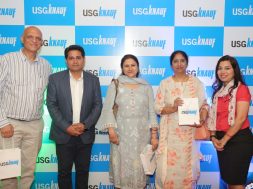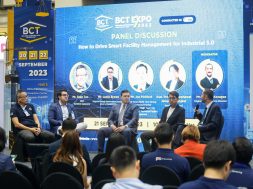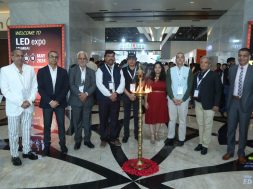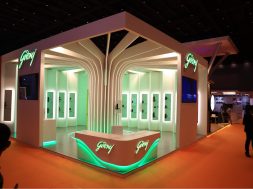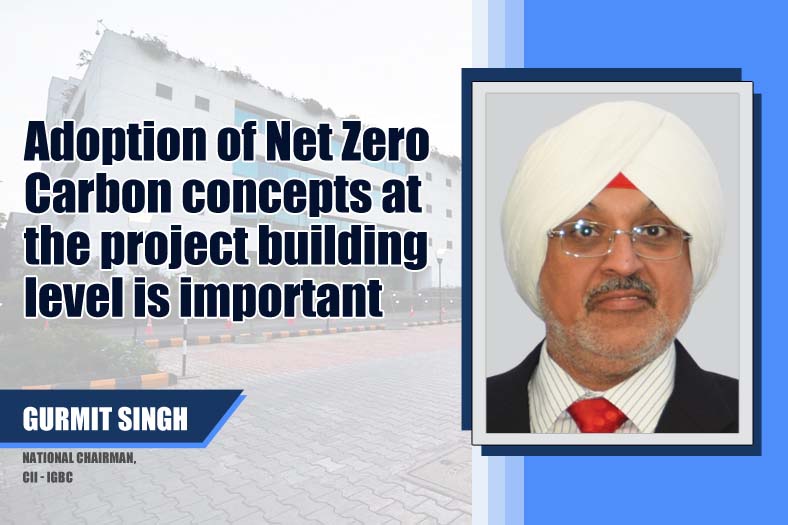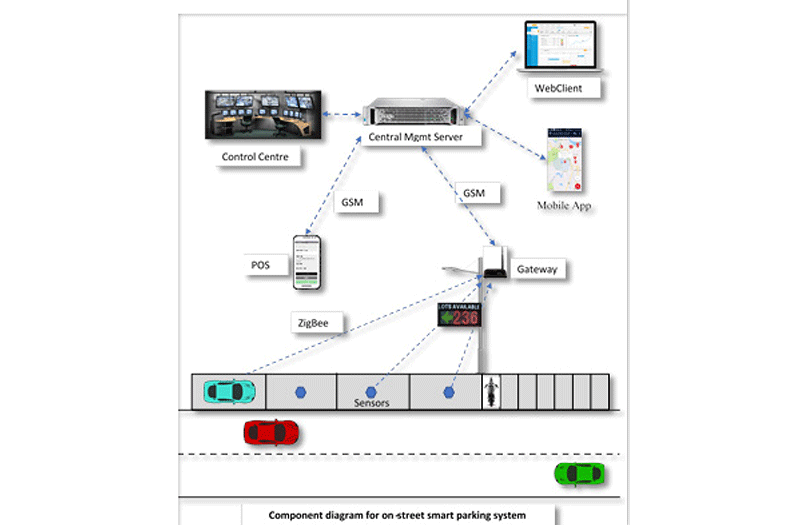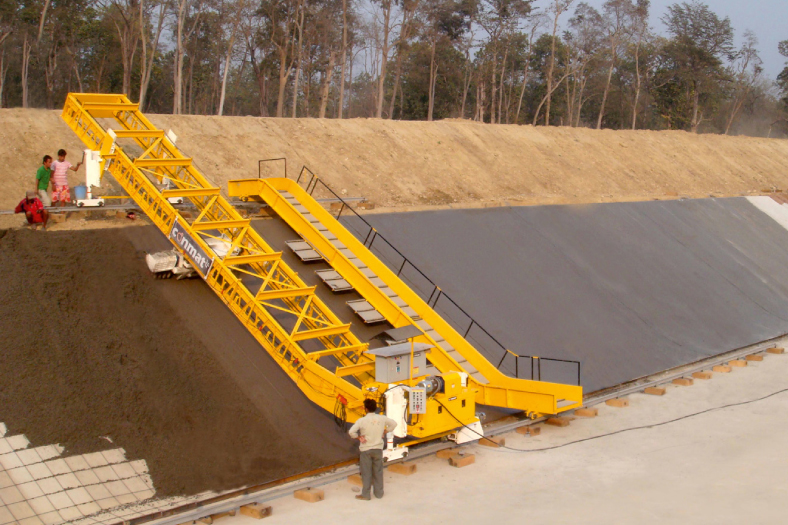Under the Green Roof
Under The Roof – Home Concepts is a premium retail store in Mumbai which works closely with its architect clients and interior designers to promote products that use different techniques to reduce the energy consumption and increase the potential to generate their own energy. In an interview with ACE Update, Pratik Gandhi talks about Under The Roof and how they are working to promote sustainability.
Approaching green designThe intention of sustainable or green design is to eliminate negative environmental impact completely through skilful, sensitive design. At Under The Roof, this theory is an important guiding principle, as the store plans its product line and strategies the business expansion. As a retail store, it focuses to balance the expectations of its clients to generate long-term relationships between the end users and its products, while being respectful and mindful of the green design concept. In accordance with its sustainability standards, the store is designed and conceptualised that way. It believes that in today’s world, it has to strive and put in its individual efforts to reduce carbon footprint as we all work towards going green.
Showcasing green designsEfficient use of the available energy resources is the most important goal of green design. Under The Roof works closely with its architect clients and interior designers to promote products that use different techniques to reduce the energy consumption and increase the potential to generate their own energy. Some of its displayed green design products are:• Thick glass bricks are now incorporated into the walls to make the rooms naturally cooler on summer days, while reducing the usage of electrical fans and/or air-conditioners.• Low flow faucets are the latest technique used in the newer flushing systems in toilets that controls the water wastage.• Low flow overhead showers are designed to reduce the water wastage while taking a bath.• Solar geysers or natural gas-operated geyser can be a cost-effective to generate hot water for a home and can be used in any climate.• Systems that use recycled water in water cisterns in the toilet, or part of indoor water fountains are an excellent product to reduce water wastage and efficient use of resources.
Taking businesses to next levelThe term sustainability in relation to architecture has been mostly considered through the lens of building technology and its transformations. Under The Roof has been fortunate to work with architects and interior designers that also share the same approach and hope to continue such tie-ups in the future.One of the biggest concerns for its direct customers and end users is that many of these green or sustainable home-décor products are too expensive or require high-cost maintenance. One of its business strategies is to source or tie up with manufacturers that can create affordable green products.
Additionally, the home decor outlet hopes to start a blog to educate its customers about latest trends in home décor while staying green. It would also use such online platform to guide its end users on its wide range of green design products as well as their benefits for a sustainable environment.
Achieving sustainabilityUnder The Roof is associated with architects and interior designer that actively attempt to safeguard air, water and earth by practices as its green design strategy. Its research has proven that there are a number of ways through which sustainable architecture can be achieved:• Ventilation systems designed for efficient heating and cooling• Energy-efficient lighting and appliances• Water-saving plumbing fixtures• Landscapes planned to maximise passive solar energy• Non-synthetic, non-toxic materials• Local stone-based products• Use of recycled products• Efficient use of space
LEED certification and importanceLEED is a voluntary certification created by the US Green Building Council to elevate buildings, especially in sustainability. According to a report released by USGBC, India ranks third globally for countries outside of America with the most LEED-certified space of 12 million square metres.
Upon studying the LEED certification process, the store observes:• LEED certified buildings are supposed to use resources more efficiently, but it has reviewed data from New York City which shows that LEED certification does not necessarily make a building more energy or water efficient
• LEED is a design tool and not a performance measurement tool
• Often, there may be a lack of abundant availability of manufactured building components that meet LEED specifications, and pursuing the certification for a project is an added cost in itself• It is also not yet climate specific, agreeable to the Indian architectural landscape, although the newest version hopes to address this weakness partially. _______________________________________
As a retail store, we focus to balance the expectations of its clients to generate long-term relationships between the end users and its products.
Pratik Gandhi – Proprietor, Under the Roof – Home Concepts
13
Cookie Consent
We use cookies to personalize your experience. By continuing to visit this website you agree to our Terms & Conditions, Privacy Policy and Cookie Policy.
